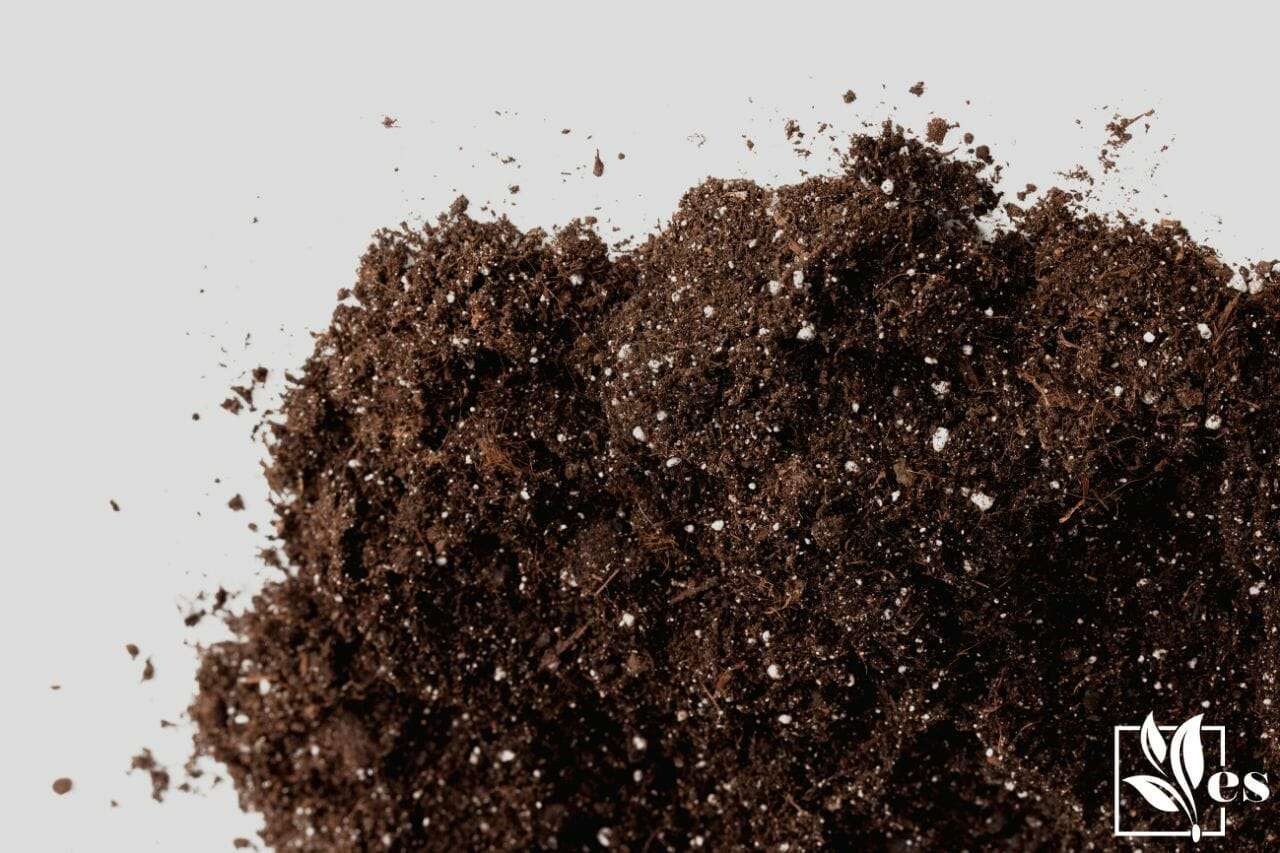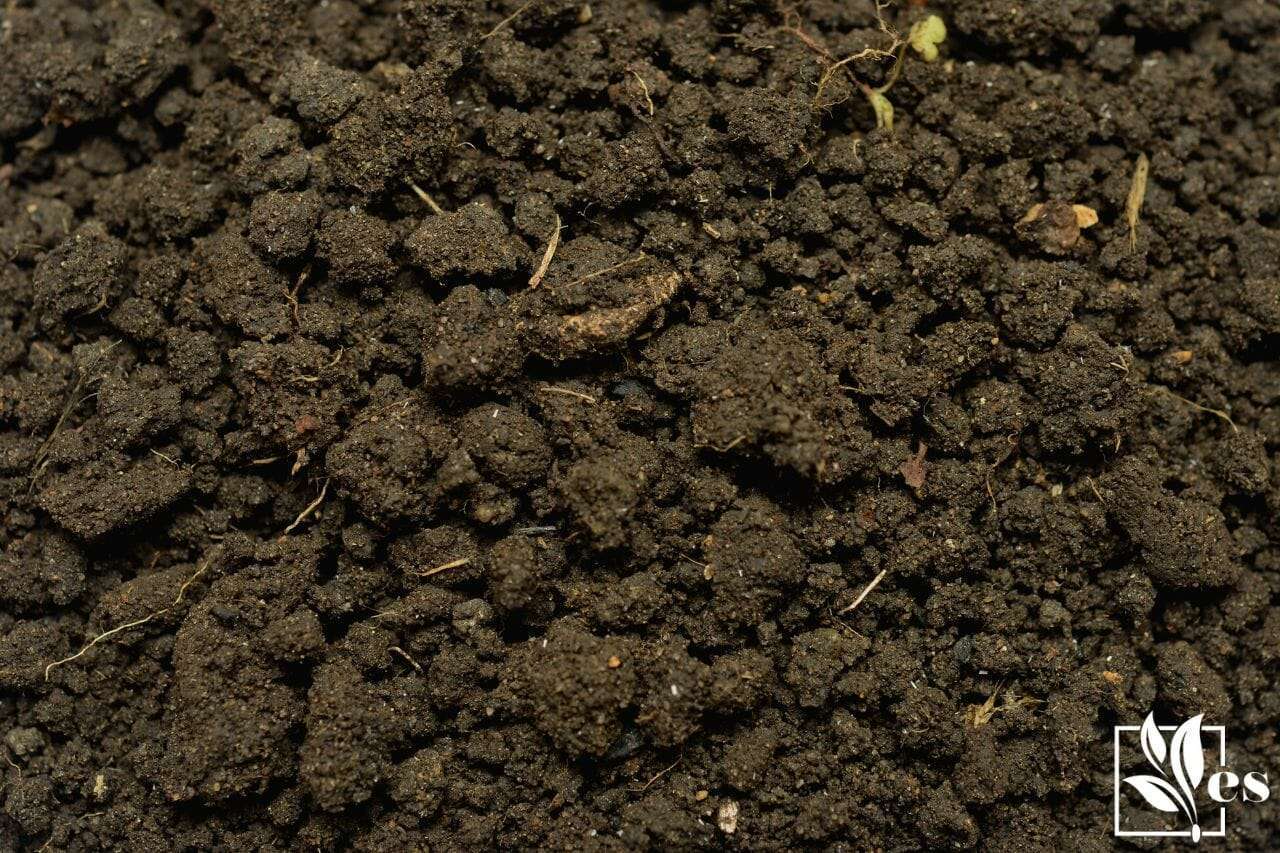 White bugs in soil are awful news most of the time. They attack your plant by sucking its sap, inhibiting its food supply, and eventually destroying it.
White bugs in soil are awful news most of the time. They attack your plant by sucking its sap, inhibiting its food supply, and eventually destroying it.
Only a handful of these white bugs, such as soil mites, might benefit your plants.
Read this complete list of the most common white bugs in the soil (any type of soil) to learn how to identify and treat each one.
What Are the White Bugs in Soil?
The white bugs lurking sneakily in your soil are probably spider or soil mites, white flies, or scale bugs. Aphids, mealybugs, and fungus gnats are also among the pests that return home within the soil and harm the plant. We will not cover here about white ants, only for the other bugs.
You can read about all these bugs individually in this list that we have compiled.
– Soil Mites
Soil mites are one of the most common tiny white insects in your soil and compost bin. They are about the size of a pinhead and are so small that you can barely see them with your naked eyes. You might notice them as countless tiny white spots living among your soil.
Contrary to a widespread misconception, soil mites are not harmful insects. They perform many beneficial services for your plant. They break down and feed on the organic matter within your soil, enabling your roots to have easy access to minerals.
They also attack and combat algae, fungus, and other bugs in the soil, making it safer for your plants. Some types of soil mites aerate the soil and regulate other living organisms within it. As such, there is no reason for you to kill soil mites since they are so helpful.
– Spider Mites
The difference between soil mites vs spider mites is that a soil mite is quite a harmless insect. On the other hand, spider mites are white or reddish bugs that suck the plant sap. This is what makes spider mites harmful.
The appearance of fine, web-like threads is the most tell-tale symptom of an infestation by these mites. These webs will be seen mainly around the stems or under the leaves.
These mites also cause the leaves to turn yellow and weak. Yellowing can also be seen on the stem after some time. Most importantly, the plant’s growth comes to a halt.
– Whiteflies
Whiteflies are one of the most common bugs in the soil that can attack a plant. They are easy to spot and even easier to recognize as they are white-colored and have wings.
They spread and thrive in the soil while also attacking your plants. Their sap-sucking eventually manifests as damaged leaves with curled, brown edges. Over time, the plant’s growth continues to slow until it stops altogether.
Even if you cannot see them, they leave a sticky residue called honeydew. You can feel this residue on the leaves and stems of a plant under attack by whiteflies.
– Root Aphids
These are aphids that live at or near the surface line of the soil. They are oval in shape and woolly white in appearance. They are not easily visible to the eyes living under the plant soil. Your soil might be teeming with them without you ever finding out.
You should suspect an aphid infestation if the leaves of your indoor plant are beginning to wilt despite a good care regime. Sometimes, the leaves simply begin to curl and turn discolored.
If you cannot see pests under the leaves or sheaths, there are white bugs in soil eating roots. In this case, you should sift through the top of your potting soil. You will find a lot of these tiny white bugs there.
– Fungus Gnats
These gnats are flies that are easy to find in ordinary houseplant soil. They are small and legless bugs that have white bodies and black heads. They are notorious for leaving slimy trails that are visible over the soil of the potted plants. Keep in mind that they will only attack in consistently moist and humid soil.
These gnats and their larvae feed on the organic content of the soil, severely limiting their availability to your house plants.
– Scale Insects
These insects come in various colors, even white, and are so small that they look more like bumps on the plant and the soil. They pierce the surface of your plants and are super hard to get rid of.
Their symptoms are the same as other bugs. Yellow spotting, curling of the edges, and eventual leaf drop in extreme cases are common with scales. If you look closely with a microscope, you might also see the puncture marks.
– Root Mealybugs
Unlike mealybugs that nest under the leaves above the soil, root mealybugs infest the roots of the plant and live beneath the soil. They are small, round-shaped tiny white bugs that feed on sap directly from the roots.
Over time, they multiply in large numbers and significantly disrupt the nutrient supply of the plant. The leaves of the affected plants start drooping. They might also develop yellow discolored spots or leaf edges.
Eventually, the plant starts to suffer from severe weakness. If you depot such a plant, you will see that its roots are wilted, discolored, and covered with honeydew.
How To Get Rid of White Bugs in Soil
First, isolate the said plant to get rid of the bugs in the soil. Wash the plant and the soil deeply to eliminate as many bugs as possible. Then start with either natural or chemical insecticides or repot the plant in sterilized soil.
– Isolate the Bug-infested Plant
The first task you must execute is to immediately isolate the plant infested with white bugs. Most of these bugs are mobile creatures who can quickly jump from one plant to the next. Before you know it, all your plants will be under attack, and you will have to treat them all.
– Physically Remove the Bugs
The second step to removing houseplant bugs is to remove as many of these as you physically can. Bugs out of the soil and on the plant are easy to remove. You can use a paper towel or a brush to scrub them off.
Then take your indoor plants and place them under a sink. In the case of outdoor plants, use a hose to water the soil thoroughly so that a maximum amount of bugs and their larvae flow away.
– Use Neem Oil
Neem oil is an excellent natural ingredient that kills bugs quickly without harming your plants. The most effective method is to mix a teaspoon of this oil with a gallon of water. Add a tablespoon of dishwashing soap too. What you have now is an organic insecticidal spray that you can put on your plant and its potted soil every week.
You can also add two to three drops of this oil to the water you give your soil. This will ensure that it eventually reaches the whole of your soil and kills the bugs and their eggs. Keep in mind that neem oil has a weird smell, but it is possible to eliminate it afterward.
– Use Rubbing Alcohol
Take 75 percent isopropyl alcohol and rub it on the affected plant with a cotton roll. For the soil, mix a few drops of alcohol in the water you give your plant regularly. This will get rid of those pesky bugs in no time.
– Apply Insecticide
Different types of insecticides are available in the market. The most common, reasonable, and practical are, of course, from the time-tested organophosphates. You need to buy ones that are not too harsh and concentrated but only mild in intensity.
With insecticidal sprays, you need to follow the manufacturer’s instructions diligently. Make a proper spraying schedule and stick to it. Don’t forget to direct the aim of the spray towards the potting soil because that is where most of these bugs are.
Also, follow your safety protocol while using these chemicals. Wear clothes that cover your whole body, as well as thick rubber gloves and shoes. Your eyes especially need to be covered with protective goggles.
– Transplant Your Plant

The soil needs to go when you have tried all the treatments mentioned above and the bugs still keep coming back. You will have to transplant your plant into new, sanitized soil.
Water your soil deeply so that it turns soft, then take a rake to remove the topsoil slowly, lifting the plant simultaneously. Take great care not to damage the plant’s roots in the process.
Now wash the plant’s roots thoroughly and apply neem or alcohol spray on them. Fill your new pot with soil that has been properly sanitized and repot the plant in it.












